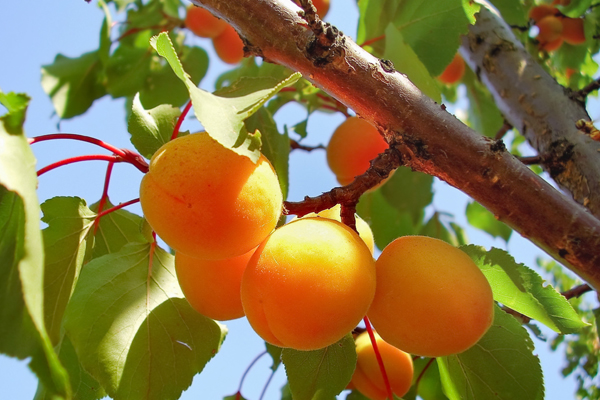Properties of the apricot
The apricot begins its season in May, becoming one of the most common fruits appreciated at our table throughout the summer.
fresh food
Share

The apricot tree is native to Central Asia. Apparently, it was the Greeks who introduced it into Europe, while the Romans spread it across the continent.
Turkey is the world's largest producer of this fruit, currently producing 85% of dried apricots. In Spain, the cultivation of this species is mainly concentrated in Murcia and Castilla-La Mancha.
It is a seasonal fruit that is harvested between May and August, making it one of the undisputed protagonists of the summer season. Among the properties of apricot, the following stand out:
- Its content of beta-carotene or provitamin A. It is what gives it its characteristic orange colour and makes it a recommended food for maintaining healthy skin, maintaining vision in normal condition and contributing to the functioning of the immune system.
- It is a source of potassium, a mineral necessary for the transmission and generation of nerve impulses and for normal muscle activity.
- They are recommended in slimming diets for people with obesity or overweight, as their energy intake is low compared to other seasonal fruits thanks to their large amount of water and reduced carbohydrates.
Apricot varieties
Some of the varieties grown in Spain are Bulida, Colorado, Alba, Blackbird Orange, Maya Cot, Wonder Cot, Magic Cot, Maravita, Flodea, Lady Cox, Dorada, Pepito, Bergarouge, Faralia, the nancy and Galta Roja.

Calories in Apricots
This fruit provides about 40 calories per 100 grams, just 1% of the recommended daily amount of calories for an average adult. It is recommended in slimming diets precisely because of its large amount of water, 86%, and its low caloric intake.






